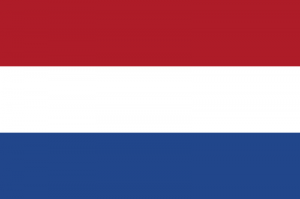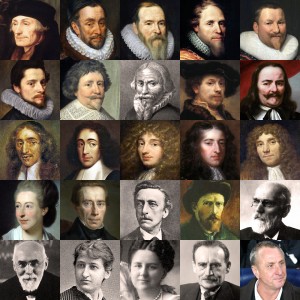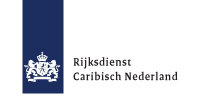Caribbean Netherlands

Dutch Golden Age 1588-1702
The Dutch Golden Age was a period in Dutch history, roughly spanning the 17th century, in which Dutch trade, science, military, and art were among the most acclaimed in the world. The first half is characterized by the Eighty Years’ War till 1648. The Golden Age went on in peace time during the Dutch Republic until the end of the century. De Gouden Eeuw, Music: Ernst Stolz and Most paintings: Rijksmuseum Amsterdam.
The Caribbean Netherlands (Dutch: Caribisch Nederland) refers to a group of three special municipalities of the Netherlands (officially public bodies) that are located in the Caribbean Sea: the islands of Bonaire, Sint Eustatius, and Saba, which are also known as the BES islands.
Although they are part of the Netherlands, these special municipalities will remain overseas territories of the European Union at least until 2015.
Bonaire (including the islet of Klein Bonaire) is located east of Aruba and Curaçao, close to the coast of Venezuela. Sint Eustatius and Saba are located south of Sint Maarten and northwest of Saint Kitts and Nevis.
 The three islands gained their current status following the dissolution of theNetherlands Antilles on 10 October 2010, while at the same time the islands of Curaçao and Sint Maarten became autonomous countries within the Kingdom of the Netherlands. Distinctly, the Caribbean Netherlands does not include these autonomous countries (nor Aruba) as it refers only to those Caribbean islands that are administrative divisions of the country of the Netherlands, as opposed to the complete Dutch Caribbean which includes all the Caribbean islands within the Kingdom of the Netherlands. The BES islands have a collective population of 21,000 and a total area of 328 square kilometres (127 sq mi).
The three islands gained their current status following the dissolution of theNetherlands Antilles on 10 October 2010, while at the same time the islands of Curaçao and Sint Maarten became autonomous countries within the Kingdom of the Netherlands. Distinctly, the Caribbean Netherlands does not include these autonomous countries (nor Aruba) as it refers only to those Caribbean islands that are administrative divisions of the country of the Netherlands, as opposed to the complete Dutch Caribbean which includes all the Caribbean islands within the Kingdom of the Netherlands. The BES islands have a collective population of 21,000 and a total area of 328 square kilometres (127 sq mi).
Administration
 Logo of the National Office for the Caribbean Netherlands.
Logo of the National Office for the Caribbean Netherlands.
The special municipalities (Dutch: bijzondere gemeenten) carry many of the functions normally performed by Dutch municipalities. The executive power rests with the Governing Council headed by a Lieutenant governor. The main democratic body is the island council. Residents of these three islands are entitled to vote in Dutch national and (as all Dutch nationals) in European elections.
Officially the islands are classed in Dutch law as being openbare lichamen (literally translated as “public bodies”) and not gemeenten (municipalities). Unlike normal municipalities, they do not form part of a Dutch province and the powers normally exercised by provincial councils within municipalities are divided between the island governments themselves and the central government by means of the National Office for the Caribbean Netherlands. For this reason, they are called “special” municipalities.
For many Dutch laws there is a special BES version. For example, social security is not on the same level as it is in the European Netherlands.
The islands do not form part of the European Union and instead constitute “overseas countries and territories” of the Union to which special provisions apply. The Lisbon Treaty introduced a procedure where the European Council may change the status of an extra-European territory of Denmark, France, or the Netherlands regarding the application of the EU treaties to that territory. It is intended to review the position of the islands after a five-year transitional period which began with the dissolution of the Netherlands Antilles in October 2010.


